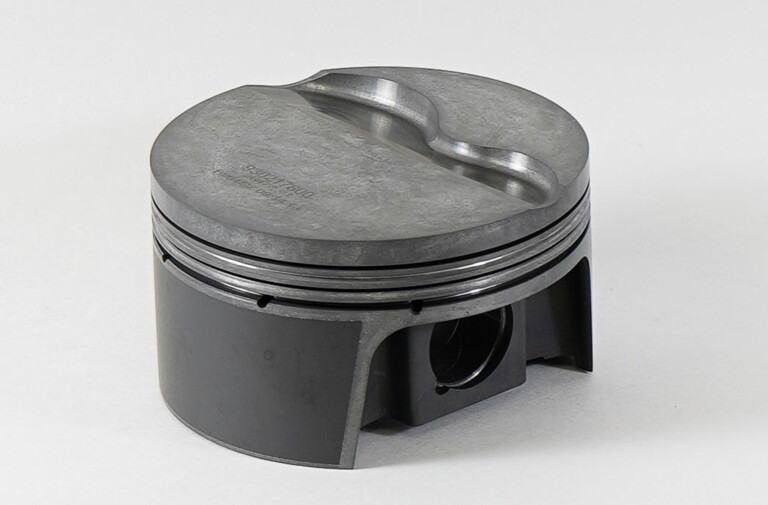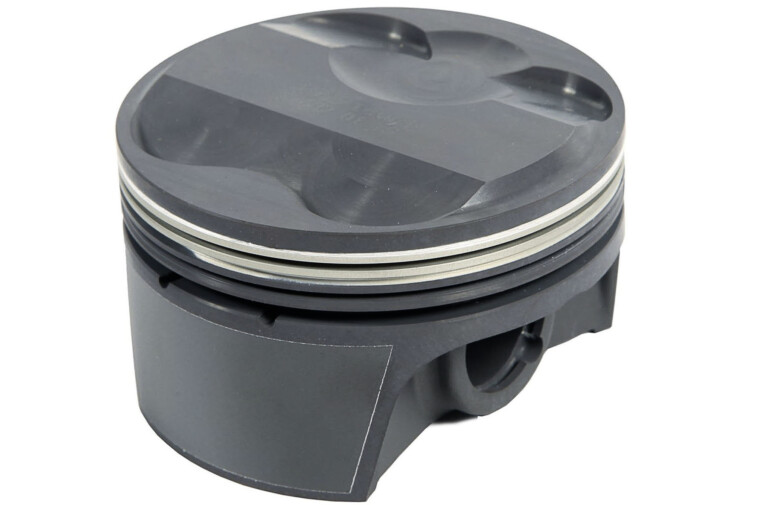Engines that are designed for high-performance applications need to be filled with tough parts because they’re going to get pushed hard. Pistons in particular receive a lot of punishment, therefore you need to make sure they’re spec’d correctly for your build. One of the ways you can upgrade a piston’s durability is with different types of coatings.
Coating pistons isn’t a new technology, however, it continues to be refined and improved by piston manufacturers. A piston coating is a proprietary substance that’s applied to the piston to provide better lubrication, more protection, or other types of benefits. There are numerous types of coatings that can be applied to a piston, and they all have different attributes based that dictate how they’re used.
In this video from MAHLE Motorsports, we learn about the Phosphate and Anodizing coatings the company uses on its PowerPak pistons.
The Phosphate acts as a form of dry lubricant for the piston. This coating is permanently bonded to the piston via an immersion process that’s performed when the piston is manufactured. A phosphate coating is important because it helps protect the pin bores and ring grooves.
The ring grooves of the piston receive a special anodizing to protect them from heat and pressure. A piston will benefit from having the ring grooves anodized because it will protect its flanks from micro-welding. By preventing micro-welding, the piston ring won’t get stuck in the ring groove, and you’ll see fewer ring-sealing issues. This coating will also help to reduce blow-by and the associated loss of power.
You can learn more about MAHLE Motorsports and its piston coatings right here on the company’s website.
Click Here to Read the Full Original Article at DragzineDragzine…


